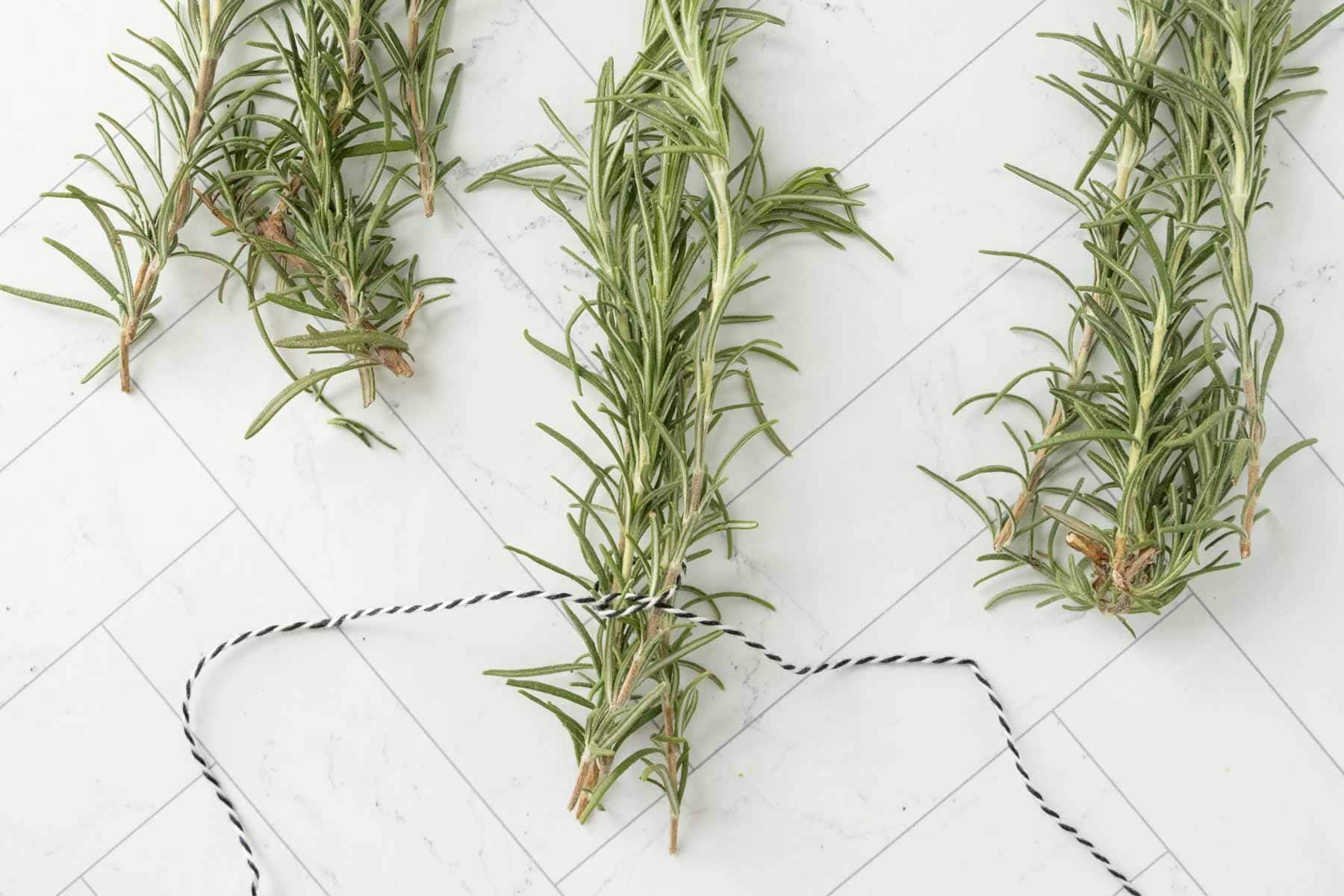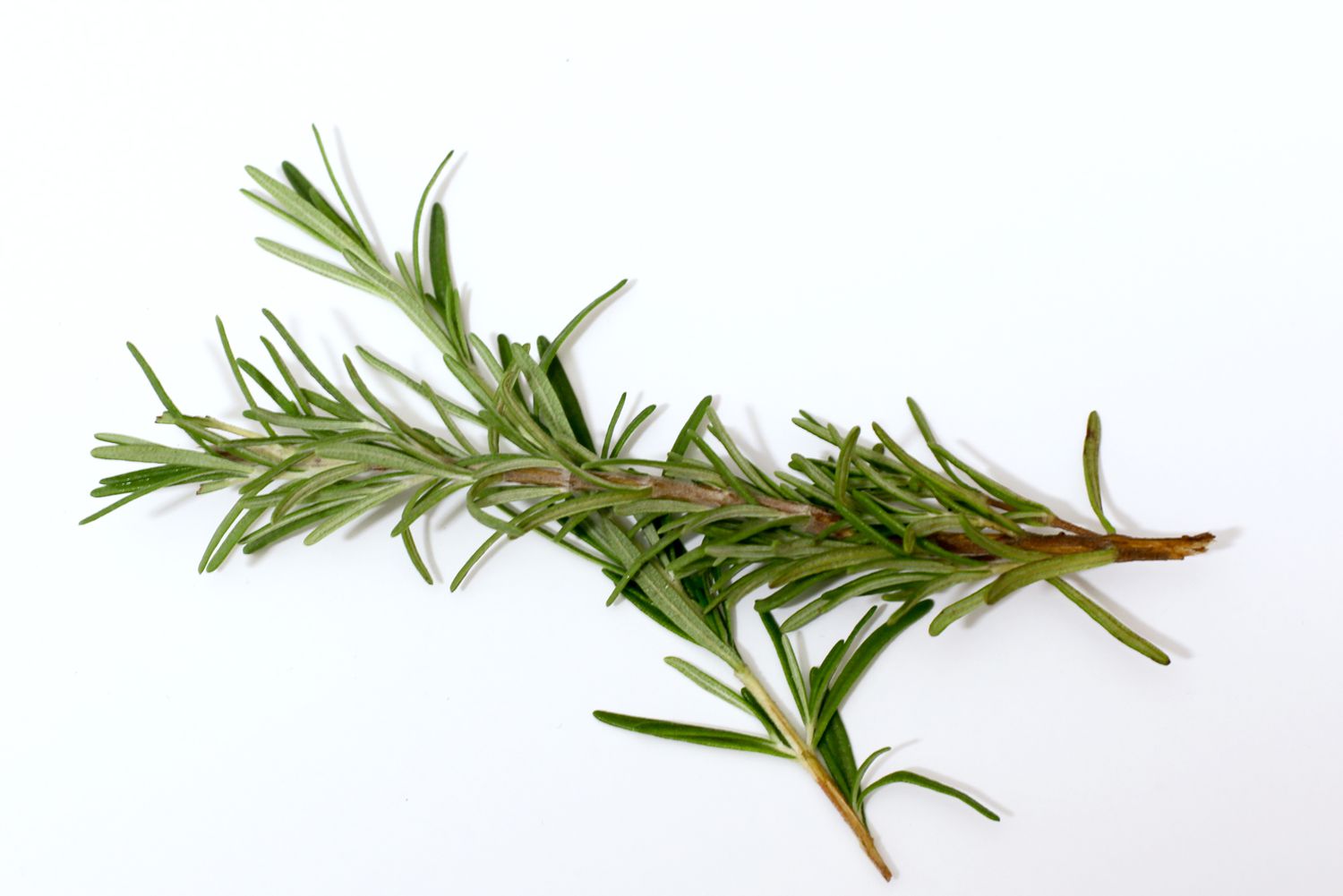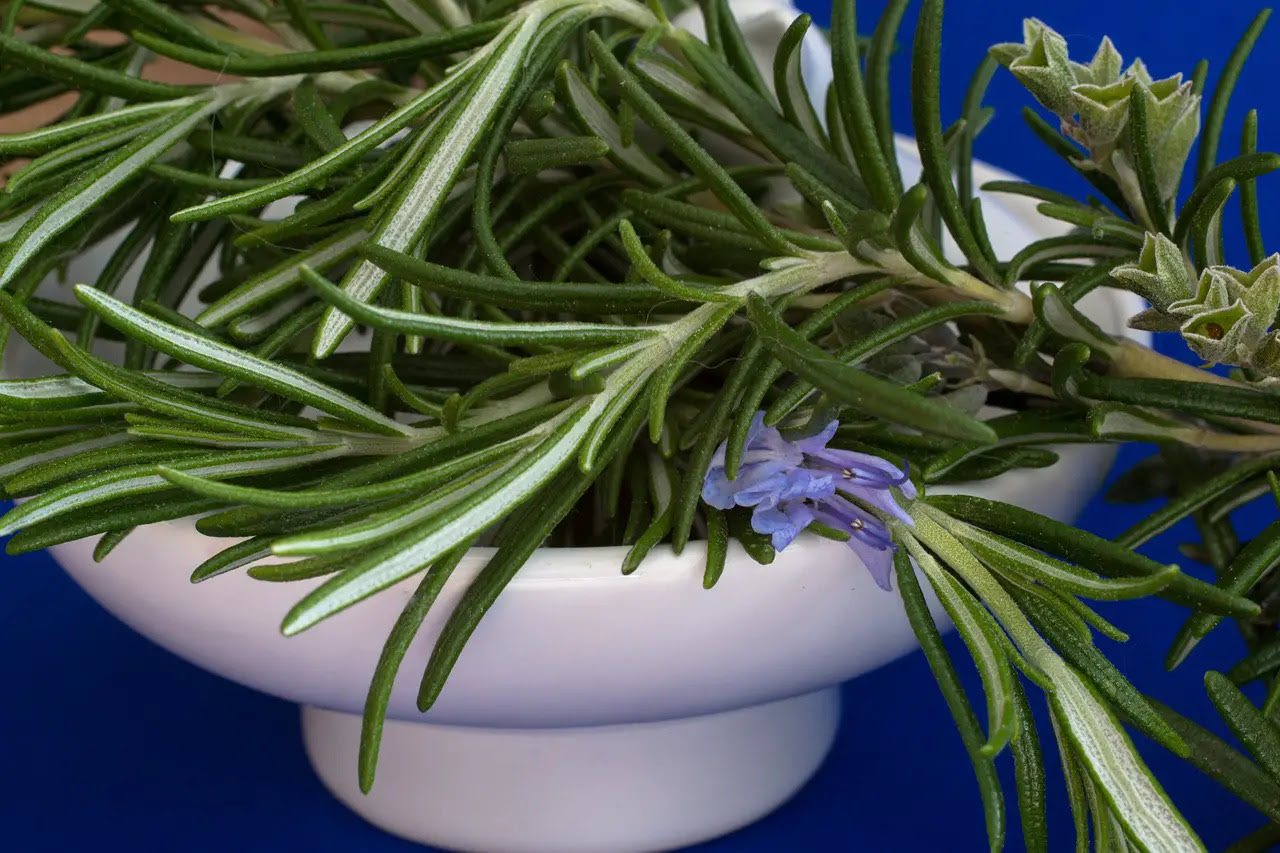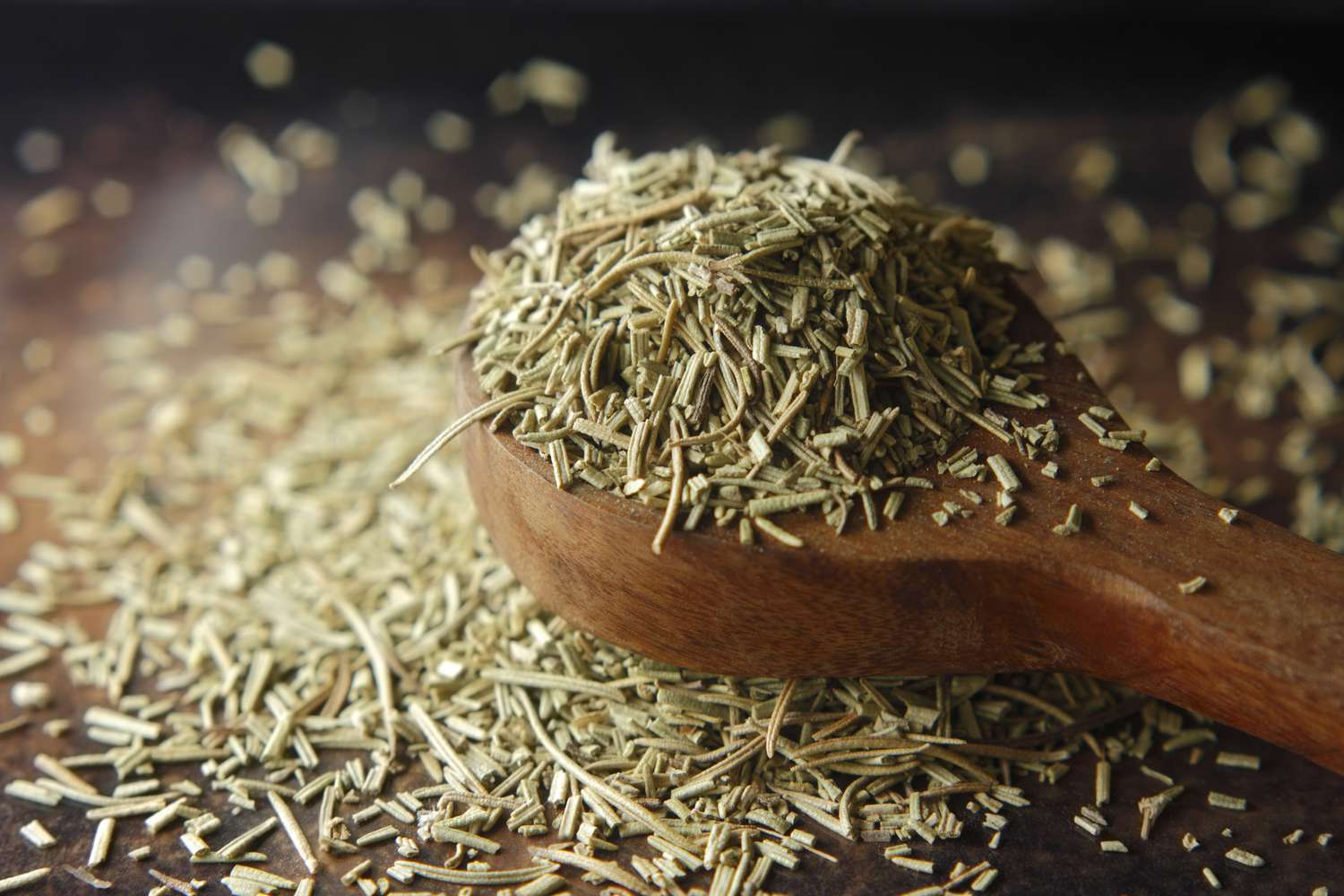Home>Types of Gardening>Edible Gardening>How Much Dried Rosemary Is Equals To 1 Teaspoon Of Fresh


Edible Gardening
How Much Dried Rosemary Is Equals To 1 Teaspoon Of Fresh
Published: January 29, 2024
Discover how much dried rosemary is equal to one teaspoon of fresh in edible gardening. Learn the perfect ratio and enhance your culinary creations!
(Many of the links in this article redirect to a specific reviewed product. Your purchase of these products through affiliate links helps to generate commission for Chicagolandgardening.com, at no extra cost. Learn more)
Table of Contents
Introduction
Welcome to the fascinating world of edible gardening! For those with a green thumb and a passion for fresh flavors, there’s nothing quite like growing your own herbs and vegetables. Among the many options available, rosemary stands out as a versatile and aromatic herb that adds a delightful touch to a wide range of dishes. Whether you have a bountiful garden or just a small patch of space, exploring the wonders of rosemary can be a rewarding and flavorful experience.
In this article, we will delve into the topic of dried rosemary and its conversion ratio to fresh rosemary. Many recipes call for specific measurements of herbs and spices, and understanding the conversion between dried and fresh rosemary can help you achieve the perfect balance of flavors in your culinary creations. We will explore the factors that affect the conversion ratio and provide tips on how to use dried rosemary effectively in your recipes.
So, if you’re ready to elevate your cooking with the delightful aroma of rosemary, let’s dive into the world of dried and fresh rosemary and discover the art of converting between the two!
Overview of Dried and Fresh Rosemary
Rosemary is a woody perennial herb that belongs to the mint family. It is known for its fragrant leaves and distinct flavor, which adds a savory touch to a variety of dishes. Both dried and fresh rosemary can be used in cooking, but they have some differences in terms of taste, texture, and potency.
Fresh rosemary, as the name suggests, refers to the herb in its natural state, straight from the plant. The leaves are plump, green, and packed with essential oils, giving them a robust and vibrant flavor. Fresh rosemary is often preferred for its stronger taste and aroma, making it a great choice for infusing oils, marinades, and soups.
Dried rosemary, on the other hand, is made by air-drying the fresh herb until it becomes brittle. This process helps preserve the flavor and essential oils of the herb, making dried rosemary a convenient pantry staple. While dried rosemary may not possess the same intensity as fresh rosemary, it still imparts a delightful earthy flavor to dishes.
When it comes to comparing the two, it is important to note that the conversion ratio between dried and fresh herbs can vary. As a general rule of thumb, one part of dried rosemary is equivalent to three parts of fresh rosemary. However, this ratio can be affected by various factors, including the type of recipe, personal preference, and the quality of the herbs.
Understanding the characteristics of both dried and fresh rosemary sets the foundation for effectively utilizing them in your cooking. Now that we have a brief overview of these two forms of rosemary, let’s explore the factors that influence the conversion ratio and how to convert dried rosemary to fresh rosemary in your recipes.
Factors Affecting Conversion Ratio
While the general rule of thumb is that one part of dried rosemary is equivalent to three parts of fresh rosemary, it’s important to note that the conversion ratio can vary based on several factors. Understanding these factors will help you adjust the ratio to suit your taste preferences and the specific requirements of your recipes.
Quality of the herbs: The quality of both dried and fresh rosemary can impact the flavor intensity. High-quality dried rosemary retains more of its essential oils and flavor compared to lower-quality varieties. Similarly, fresh rosemary that is harvested at the peak of its flavor will have a stronger taste. It’s important to use fresh rosemary within a reasonable timeframe as it can lose its potency over time.
Type of recipe: The type of recipe you’re preparing can also influence the conversion ratio. In recipes where rosemary is a prominent flavor, such as roasted meats or focaccia bread, you may want to use a higher amount of fresh rosemary to achieve a more pronounced taste. On the other hand, in recipes where rosemary is used in combination with other herbs and spices, such as soups or stews, the conversion ratio can be adjusted accordingly.
Personal taste preferences: Taste is subjective, and everyone’s preference for the intensity of rosemary flavor may vary. Some individuals may prefer a more subtle hint of rosemary, while others enjoy a stronger, more prominent taste. It’s always a good idea to start with the recommended conversion ratio and adjust it based on your personal taste preferences. You can experiment with different ratios to find the perfect balance for your palate.
Culinary expertise: The experience and knowledge of the cook can also play a role in adjusting the conversion ratio. Experienced cooks may have a better understanding of how different herbs and spices interact in a dish, allowing them to make informed decisions about the amount of rosemary to use. As you gain more experience in the kitchen, you can fine-tune the conversion ratio to suit your specific needs.
By considering these factors, you can ensure that the conversion ratio between dried and fresh rosemary is tailored to your taste and culinary requirements. In the next section, we will explore various methods to convert dried rosemary to fresh rosemary effectively in your recipes.
How to Convert Dried Rosemary to Fresh Rosemary
Converting dried rosemary to fresh rosemary in your recipes requires a simple adjustment to ensure the right balance of flavors. Here are some effective methods to help you convert dried rosemary to fresh rosemary:
Method 1: Use the 1:3 ratio
As a general guideline, one part of dried rosemary is equivalent to three parts of fresh rosemary. For example, if a recipe calls for 1 teaspoon of fresh rosemary, you can substitute it with 1/3 teaspoon of dried rosemary. This ratio provides a good starting point for most recipes.
Method 2: Crush the dried rosemary
Dried rosemary leaves are more potent than fresh rosemary due to the concentration of essential oils. To achieve a similar flavor intensity, you can crush the dried rosemary before using it in your recipes. Crushing the leaves releases the aromatic oils and enhances the flavor. If a recipe calls for 1 teaspoon of fresh rosemary, start with 1/3 teaspoon of dried rosemary, crush it, and adjust the amount based on your taste preferences.
Method 3: Infuse the dried rosemary
If you’re using dried rosemary in liquid-based recipes like soups, sauces, or marinades, you can infuse the herb to extract its flavors. Simply add the dried rosemary to the liquid and let it simmer for a longer period of time. This allows the flavors to meld together and compensates for the slightly milder taste of dried rosemary compared to fresh.
It’s worth noting that these methods are not set in stone, and you can always adjust the conversion ratio based on your personal preference and the factors mentioned earlier. The goal is to achieve a flavor profile that complements your dish and satisfies your taste buds.
Now that you know how to convert dried rosemary to fresh rosemary, let’s explore some tips on using dried rosemary effectively in your recipes.
Tips for Using Dried Rosemary in Recipes
Dried rosemary is a versatile herb that can add warmth and flavor to a wide range of dishes. To make the most of this pantry staple, consider the following tips when using dried rosemary in your recipes:
1. Measure accurately: To ensure the right balance of flavors, it’s important to measure dried rosemary accurately. Use measuring spoons to get precise amounts, especially when following a recipe that specifies a specific measurement.
2. Crush or grind the dried rosemary: Crushing or grinding the dried rosemary before using it can help release its flavors. You can use a mortar and pestle or a spice grinder to achieve a finer texture, making the rosemary blend seamlessly into your dishes.
3. Add it early in the cooking process: Incorporating dried rosemary early in the cooking process allows its flavors to infuse and develop fully. Add it to dishes like stews, sauces, or soups at the beginning to allow the herb to create a depth of flavor.
4. Use it in dry rubs: Dried rosemary works exceptionally well in dry rubs for meats and vegetables. Combine it with other spices and herbs for a flavorful crust or marinade. Let the dry rub sit on the meat for some time to allow the flavors to penetrate before cooking.
5. Pair it with compatible flavors: Rosemary pairs well with a variety of other flavors. Consider combining it with ingredients like garlic, lemon, thyme, or olive oil for a delightful culinary experience. Experiment with different flavor combinations to find your favorite matches.
6. Store it properly: To ensure long-lasting flavor, store your dried rosemary in an airtight container, away from heat and direct sunlight. This will help preserve its potency and prevent it from losing its aromatic qualities too quickly.
7. Refresh with oil: If your dried rosemary has been sitting in your pantry for a while and has lost some of its flavor, you can refresh it by infusing it in olive oil. Heat the oil gently and add the dried rosemary, letting it infuse for a few minutes. This revitalizes the dried herb and gives it a burst of flavor.
By following these tips, you can make the most of dried rosemary in your recipes, enhancing the flavors and bringing a touch of aromatic goodness to your dishes.
Conclusion
In conclusion, understanding how to convert dried rosemary to fresh rosemary opens up a world of flavorful possibilities in your cooking. While the general guideline is to use a 1:3 ratio, it’s important to consider factors such as the quality of the herbs, the type of recipe, personal taste preferences, and your culinary expertise.
By using methods like crushing the dried rosemary or infusing it in liquid-based recipes, you can adjust the conversion ratio and ensure that the flavor intensity matches your preferences. Measurement accuracy, proper storage, and experimenting with compatible flavors are key to making the most of dried rosemary in your recipes.
Whether you’re adding it to roasted meats, soups, or sauces, dried rosemary brings depth, warmth, and a distinct flavor to your dishes. Its versatility and long shelf life make it a convenient culinary companion, allowing you to elevate the flavors of your favorite recipes year-round.
So, embrace the world of rosemary, experiment with dried and fresh versions, and let the aromatic herb take your cooking to new heights. Enjoy the enchanting aroma and exquisite taste that rosemary brings to your edible gardening adventures!








